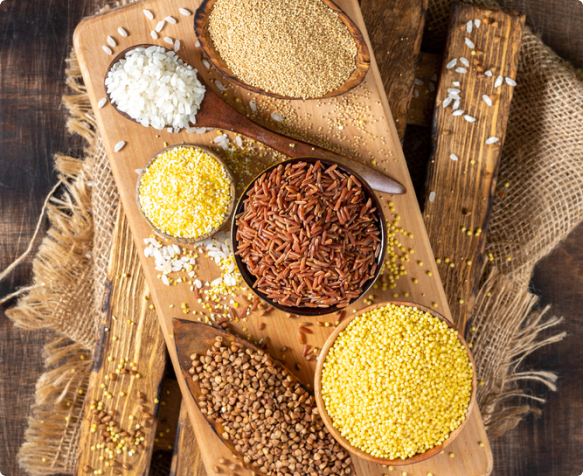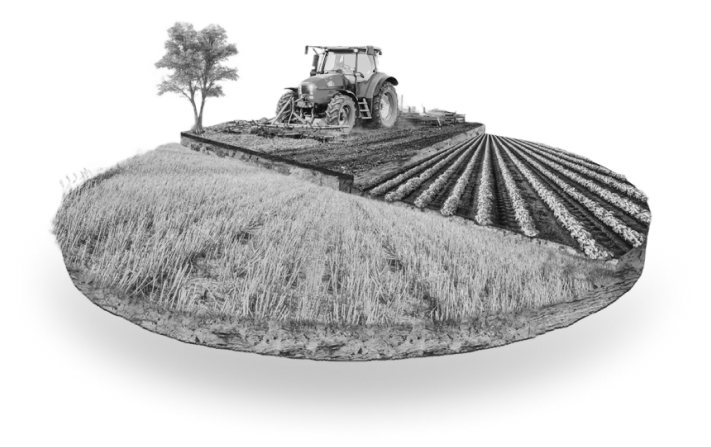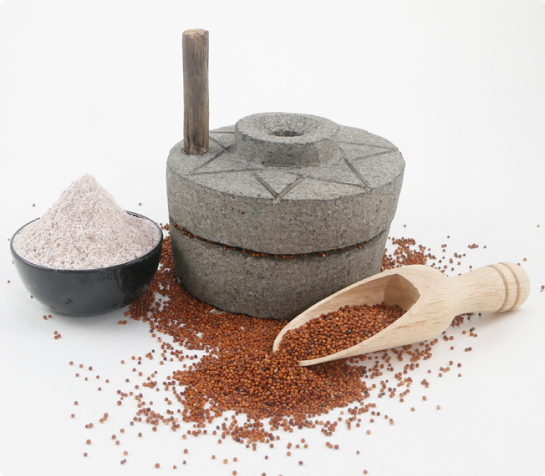
Impact of Millets on Soil Health:
Millets play an important role in nurturing soils and improving their fertility and texture, thereby increasing the yield and hence the returns to the farmer. Once the root system is established, millets can survive many dry weeks. In case of dry spell, as it starts raining, the plants jump back to life and yield something by the end of the season. Millets are thus fairly effective at aggregating nutrients and if we conscious in closing the nutrient loop locally, one can realize a manifold increase in soil health. They require low input, and can help gaining returns from dry, less fertile and barren lands that otherwise remain unproductive, maintaining the healthy biome of the soil.
Impact of Millets on Climate and Global Warming:
Millets do not require excessive irrigation, synthetic fertilizers or pesticide and mostly grown with organic/less inputs. They help in reducing the atmospheric CO 2 and thus contribute in mitigating the climate change. Millets are an important crop as sustainable food source for combating hunger in changing world climate. Millets fall under the group of C4 cereals. C4 cereals take more carbon dioxide from the atmosphere and convert it to oxygen, thus reducing atmospheric carbon dioxide, and contributing in mitigating the climate change.







